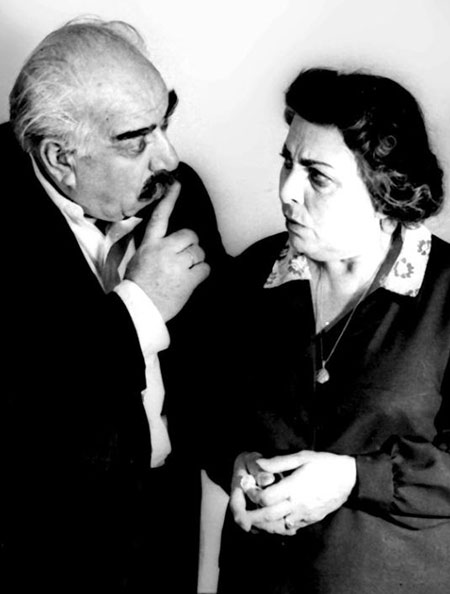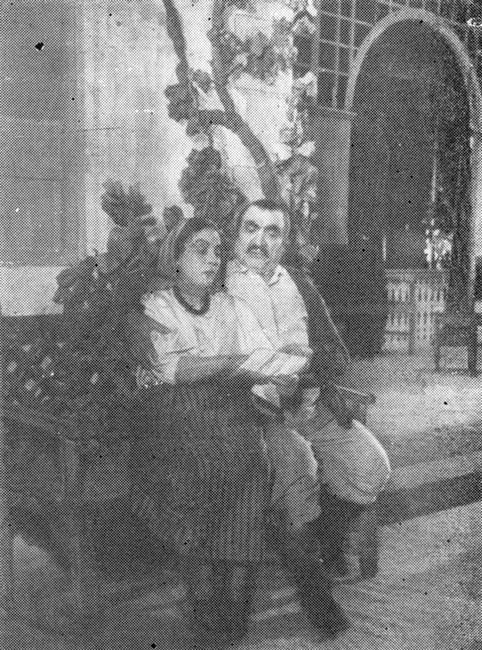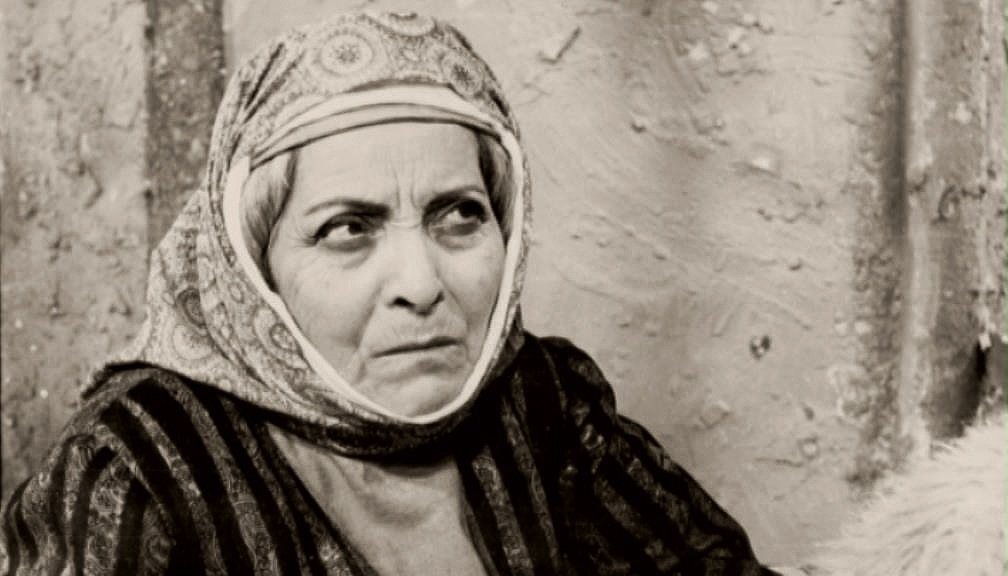
#OTD 9 Dec 1904, Arus Asryan, an #Armenia'n actress, People's Artist of the Soviet Union, was born in Tiflis (#Tbilisi). Asrian made her acting debut in 1918 in the role of Tigranian’s opera Anush at the Tbilisi Operetta Theater. She has been awarded two orders & various medals. 

She joined the Tbilisi Armenian Drama Theater in 1923, the A. Mravian Leninakan Dramatic Theater in 1929, and the G. Sundukian Theater in Yerevan in 1940. 



Her roles have included Susan in Shirvanzade’s Namus, Shogakat and Anush in Paronian’s Beggars and Uncle Balthazar, respectively, Mirandolina in Goldoni’s The Tavern Maid. She also appeared as Liuba Shevtsova in Fadeev’s The Young Guard and as Rutsy in Drutse’s Birds of Our Youth 







Arus was as quiet and silent in real life as stormy she was on stage. As Yervand Ghazanchyan says, playing on the stage with Arus Asryan was a much bigger school than studying in any higher educational institution. 



Vahram Papazyan characterized the actress as follows: “Arus Asryan’s play is featured by its flexibility, vivid rhythm and preference of marked characters: а fine soubrette and at the same time a comedian”. 



• • •
Missing some Tweet in this thread? You can try to
force a refresh












